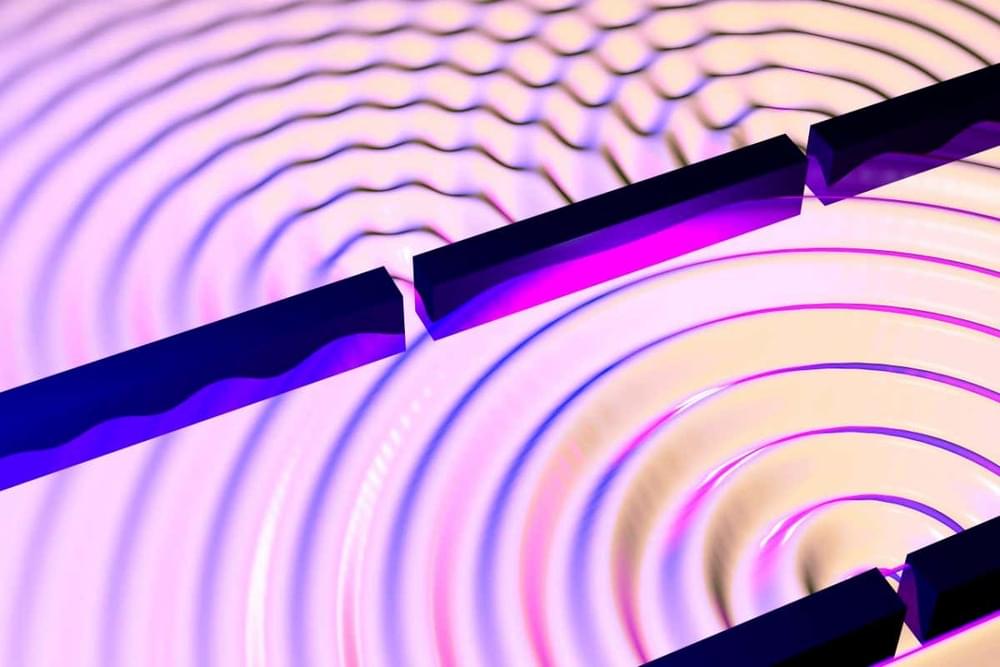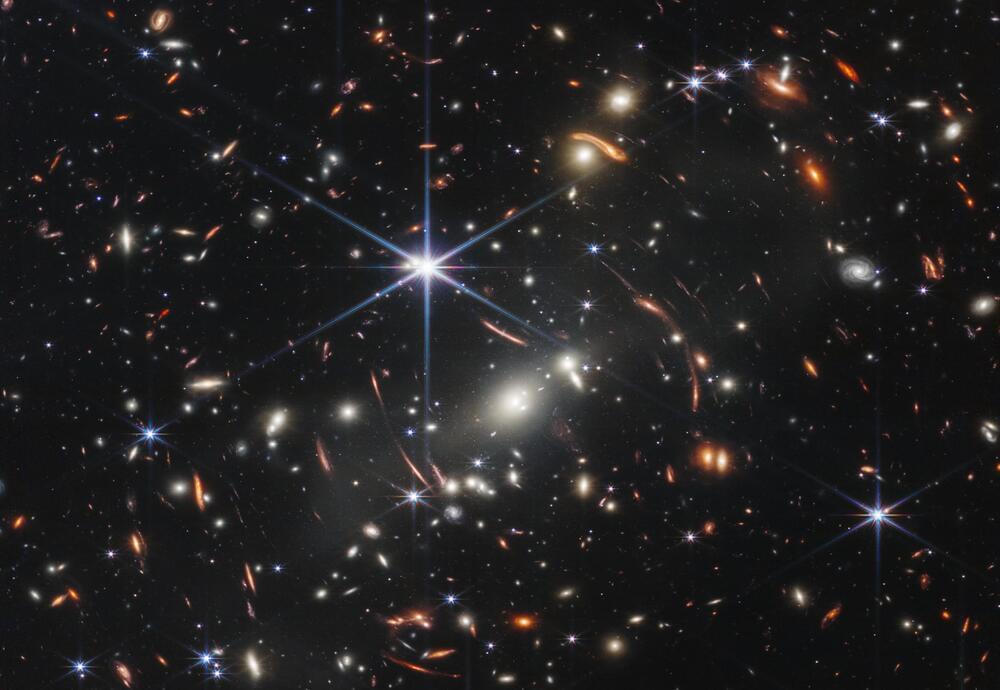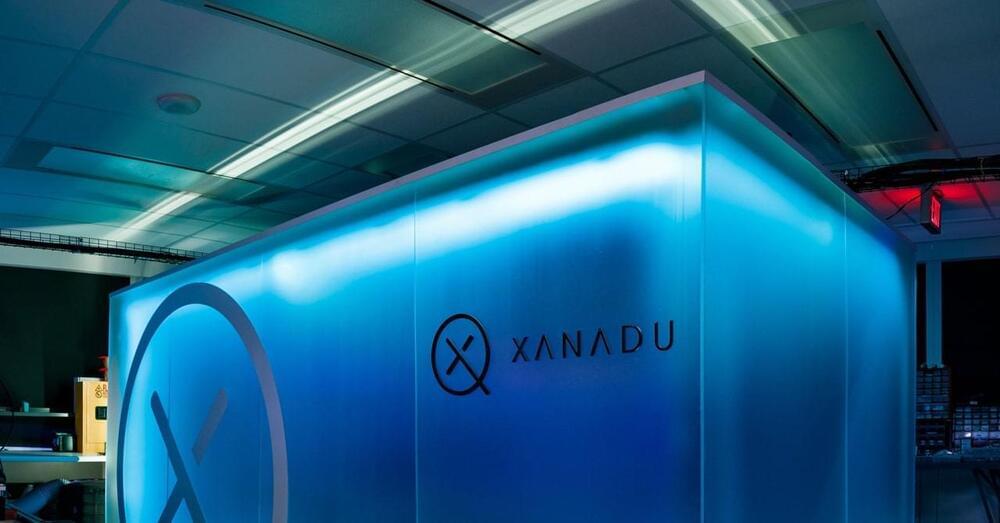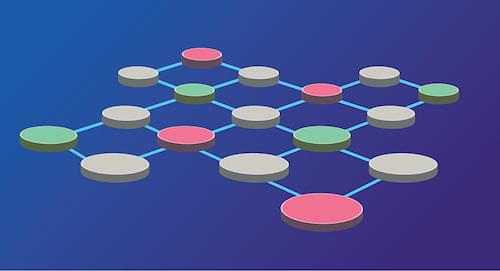Visit our sponsor, Brilliant: https://brilliant.org/IsaacArthur/
Antimatter represents both the most powerful weapon and most powerful fuel for a future humanity, if we can ever learn to make it efficiently and store it safely.
Visit our Website: http://www.isaacarthur.net.
Support us on Patreon: https://www.patreon.com/IsaacArthur.
SFIA Merchandise available: https://www.signil.com/sfia/
Social Media:
Facebook Group: https://www.facebook.com/groups/1583992725237264/
Reddit: https://www.reddit.com/r/IsaacArthur/
Twitter: https://twitter.com/Isaac_A_Arthur on Twitter and RT our future content.
SFIA Discord Server: https://discord.gg/53GAShE
Listen or Download the audio of this episode from Soundcloud: Episode’s Audio-only version: https://soundcloud.com/isaac-arthur-148927746/antimatter-factories-and-uses.
Episode’s Narration-only version: https://soundcloud.com/isaac-arthur-148927746/antimatter-fac…ation-only.
Credits:
Antimatter Factories & Uses.
Episode 239; May 21, 2020
Writers.







